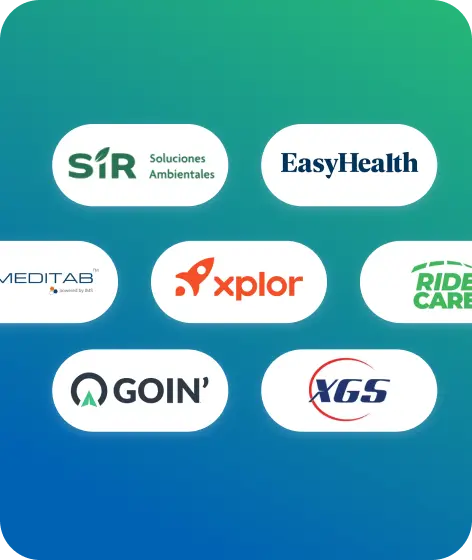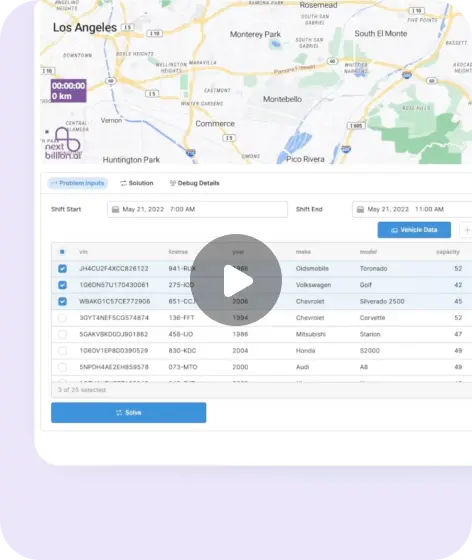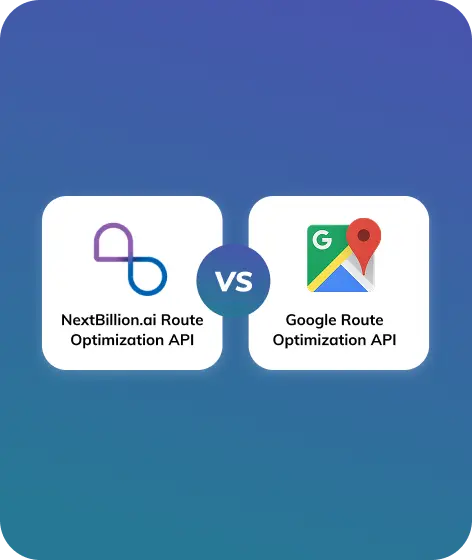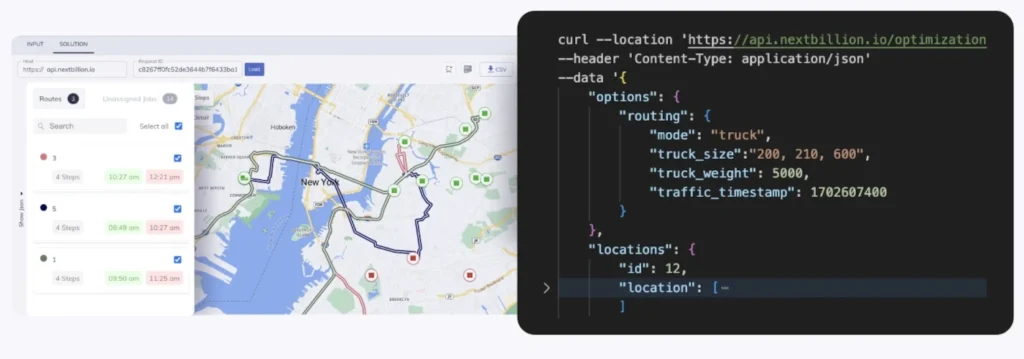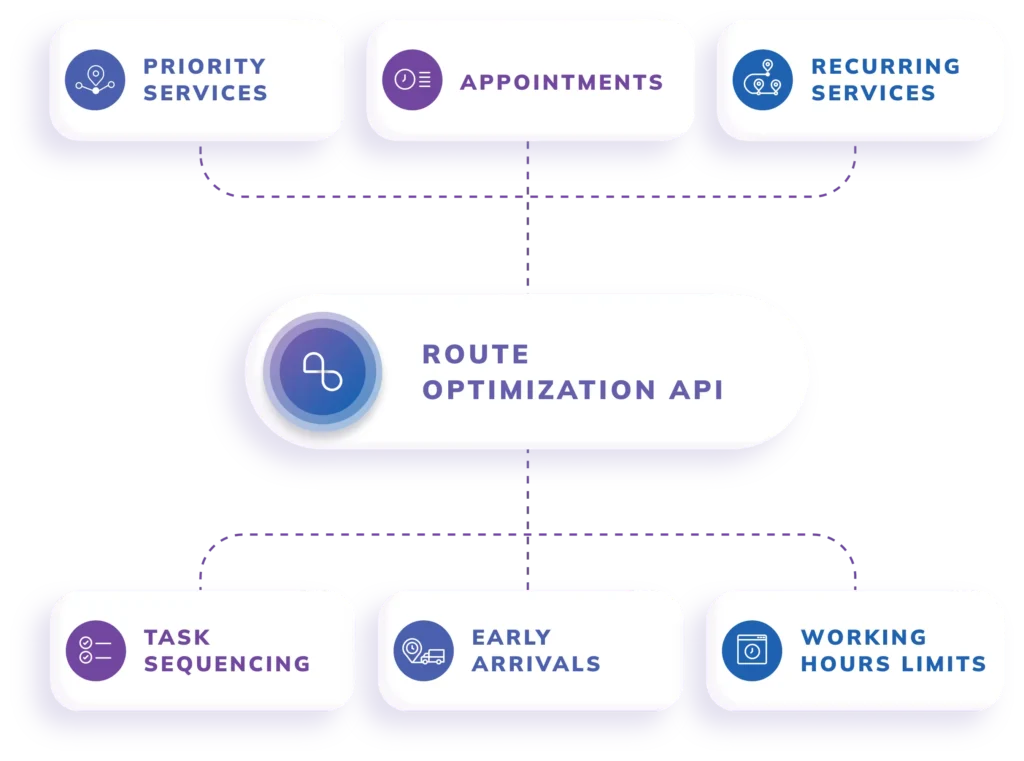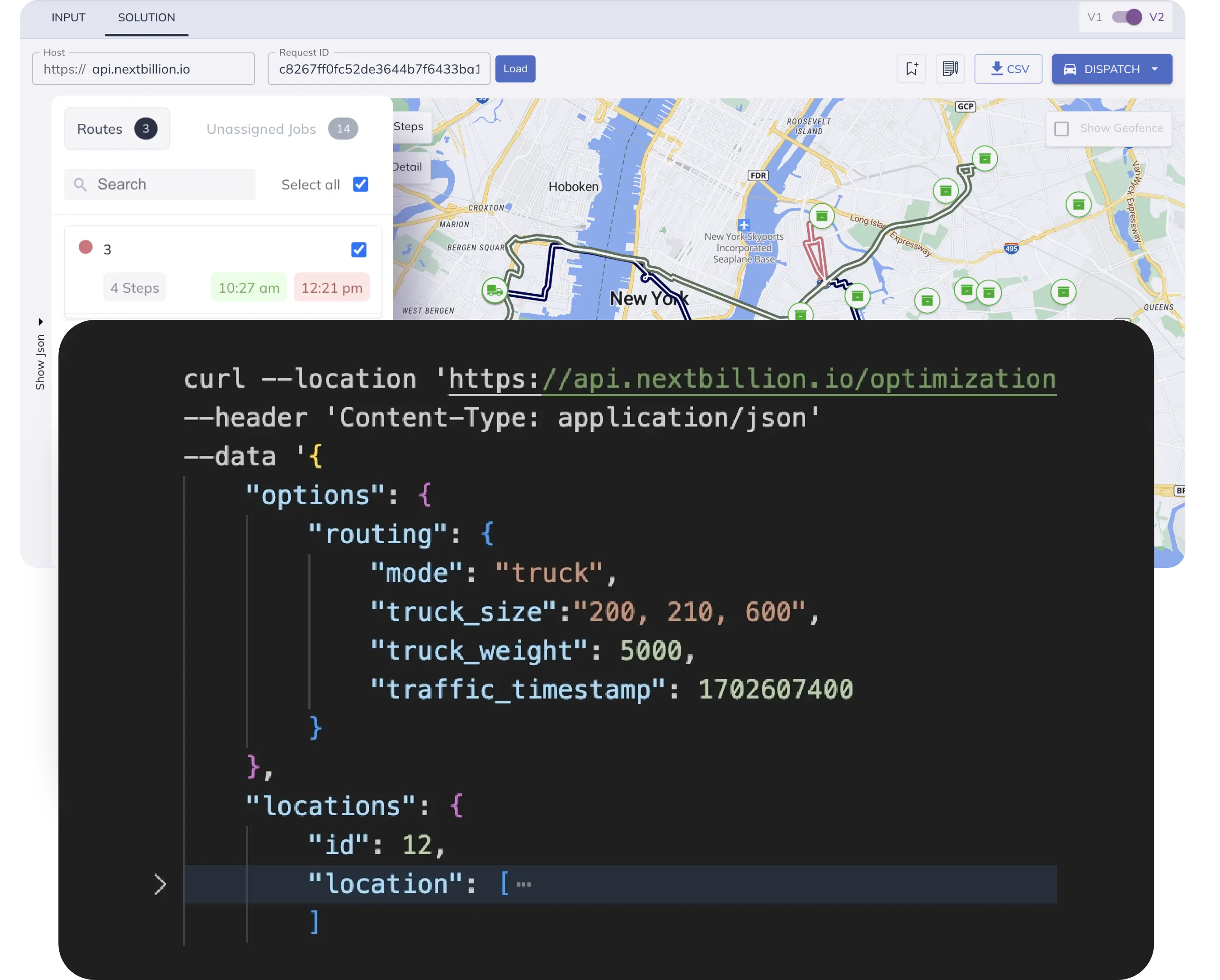Table of Contents
With the announcement that Bing Maps Multi-Itinerary Optimization (MIO) APIs will be discontinued after June 30, 2025, existing users are now in the process of finding suitable alternatives and seamlessly migrating their operations.
The Multi Itinerary Optimization API has been a trusted tool for optimizing routes, managing tasks, and improving logistics efficiency. As the deprecation date approaches, businesses must act quickly to transition their systems to ensure continuity and maintain operational excellence.
In one of our previous write-ups, we have already discussed in depth about the most practical and functionally competent alternative. This blog is designed to help you navigate the migration process, offering insights and steps to integrate new solutions seamlessly while minimizing disruption.
Pre-Migration Checklist for Transitioning from Bing Maps Multi-Itinerary Optimization API
To ensure a smooth migration process from the Bing Maps Multi Itinerary Optimization API to an alternative solution, follow this comprehensive pre-migration checklist:
Step 1: Assess Current Usage
This step includes identifying and documenting in detail the stats of current usage. This will help in getting a better understanding of how much data needs to be transferred during the migration. There are multiple aspects through which it can be documented:
Identify API Endpoints in Use
This process covers documenting all the Multi Itinerary Optimization API endpoints currently integrated into your system.
Catalog Use Cases
It includes documenting all workflows or features dependent on the Multi Itinerary Optimization API (e.g., route optimization, task scheduling, etc.).
Evaluate Volume
Based on the existing data, businesses need to determine the number of API calls made on a daily basis, monthly and yearly. This helps in creating a rough estimate of your requirements.
Step 2: Document Existing Data
Apart from the stats, other relevant information also needs to be kept in record before initiating the migration process.
Agents and Tasks
This process includes preparing a list of the agents, tasks, and constraints being passed to the API. Parameters such as locations, time windows, task durations, and vehicle capacities can also be documented in detail.
Historical Data
This is one of the most important steps to be taken care of. The relevant stakeholders need to create a backup of historical data. This data can be used in optimization, as it might be required for comparison or migration testing.
Step 3: Identifying Business-Specific Constraints
This step includes generating a list of all custom constraints or configurations used, such as:
- Vehicle-specific capacities.
- Geofencing requirements.
- Task priorities.
- Working hours and break schedules.
Step 4: Evaluating Alternative Solutions
This step includes conducting detailed and in-depth research around various alternative solutions and shortlist alternative route optimization APIs that meet your business specific requirements.
Some popular options include:
- NextBillion.ai: AI-powered route optimization engine with business-specific constraints and map customization.
- Google Maps Route Optimization API: Route optimization API with standard constraints.
- Mapbox Optimization API: Multi-stop route optimization.
- Open Source Solutions: Tools like GraphHopper or OR-Tools for in-house setups.
However, to make this step easy for you, we have already done some ground-level comparison. Click here to view it.
Step 5: Prepare for Integration
To ensure a seamless integration, it is important to give attention to detail to all the sub-parts of it.
- Development Environment: Set up a sandbox environment for testing new APIs.
- Codebase Audit: Identify all parts of your codebase that rely on Bing Map sMulti Itinerary Optimization API.
- Dependencies: List all libraries, SDKs, or tools integrated with the API.
Step 6: Plan Migration Timeline
Establishing a clear and realistic migration timeline is crucial to ensure a smooth transition without disrupting operations. Begin by defining key milestones, such as testing alternative APIs, adapting your codebase, and running parallel systems. It includes:
- Define key milestones
- Testing new APIs.
- Development of migration scripts.
- Deployment to production.
- Set a realistic deadline to complete migration before June 30, 2025.
Step 7: Communicate with Stakeholders
This step includes sharing the information with the stakeholders at every stage of the planning and execution. This can help in staying transparent with all the relevant stakeholders/
- Inform relevant teams (IT, operations, logistics) about the migration plan.
- Assign responsibilities for testing, development, and deployment.
Planning a migration and opting for an alternative is a time-consuming task that requires careful coordination and effort. It is always advisable to approach this as a team effort, leveraging the expertise of various stakeholders to divide responsibilities and streamline the process. Collaborative planning ensures that all aspects—technical, operational, and strategic—are addressed efficiently, reducing the risk of errors and delays. By fostering teamwork and clear communication, you can ensure a smoother migration and a well-optimized transition to the new solution.
NextBillion.ai Route Optimization APIs: A brief Overview
Nextbillion.ai’s Route Optimization API are equipped with a robust set of advanced features that help organizations optimize their fleet operations with precision and flexibility. A standout aspect of these APIs is the ability to manage 50+ constraints—which enables businesses to tailor the optimization process to their specific needs.
In addition to powerful product features, Nextbillion.ai also supports valuable non-product features that enhance the customer experience and support long-term success.
- Flexible Pricing: Nextbillion.ai understands that each business has unique needs, and their pricing model is adaptable. Whether you’re a small startup or a large enterprise, the flexible pricing structure allows you to scale your usage and pay for only what you need. This ensures that businesses of all sizes can access top-tier route optimization tools without overextending their budgets.
- Free Solutions Support: Beyond just the API documentation, Nextbillion.ai offers free solutions support to help businesses implement and optimize their route optimization strategies. Whether you need assistance during initial setup or encounter any challenges later on, the support team is available to ensure smooth implementation and troubleshooting.
- Migration Assistance: Transitioning to Nextbillion.ai’s platform is easy, thanks to migration support. If you’re currently using another system and want to switch to Nextbillion.ai’s advanced route optimization tools, the team provides comprehensive guidance. This includes help with data migration, system integration, and ensuring your existing operations run smoothly on the new platform.
Conclusion
If you’re looking to stay one step ahead and ensure a seamless migration process, feel free to get in touch with the team at NextBillion.ai. Our experts can help you transition effortlessly, customize solutions to your specific needs, and ensure your operations remain efficient and uninterrupted.
Let us take the complexity out of migration, so you can focus on growing your business.
Ready to get started?
Request a DemoTable of Contents

